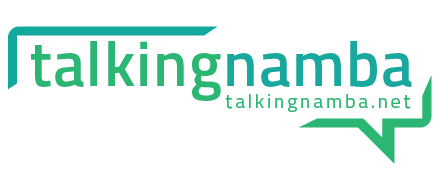Where are they now?
Reads, compares and orders to 99
Locates numbers to 20
Where to next?
Reads, compares, orders and locates to 99
Purpose
Purpose: Understanding about the size of numbers, and how this relates to their order and their ‘distance’ from other numbers, gives students the ability to work with numbers more meaningfully and helps students to build skills such as estimation.
Activities and Assessments (designed to move students from step 5 to step 6)
The Sequencing Game – Advanced variation
Focus: As in Race to One Hundred, students must make and name two-digit numbers by spinning spinners and/or drawing cards. In this game however, sequencing is more directly built into the game design. Students must carefully consider the implications of place value when they arrange their two digits to make a number and, connected with this, they must be mindful of where they place their number on the board as numbers must follow an order from smallest to largest between the 0 and the 100. Accordingly, students should be encouraged to initially place the smaller numbers towards the zero and the larger numbers towards the 100. They will have to think in terms of where a number is located in the number sequence in order to give themselves the best chance of fitting in subsequent numbers.
How:Students are each given a Sequencing Game board, either laminated (using a white-board marker to write) or just as a printed sheet (using a pencil). The game is best played in pairs or at most in groups of three. Students take turns in spinning two spinners (or drawing two cards) which give the digits from which the students make a two digit number, name it, and write it in one of the squares on the game board. On subsequent turns, each student must try to make a number that can be placed on the board, considering that the numbers must be ordered according to size, between the 0 and the 100. If a student cannot place a number without disrupting the order of smaller to larger, they must miss a turn. The first student to fill all of the squares on their board is the winner.
Questions to ask students during this activity: “Which number will you make the 10s?“, “Should your number be more than half way or less than half way?”, “Which number is half way between zero and one hundred?”, “Should it be closer to the end or to the middle?”, “How much closer (to the end, or to the middle)?”
Empty Number Line – 0 to 100 (Video Example)
Focus: Knowing ‘where a number lives’ in relation to other numbers is an important skill which facilitates estimation and helps provide a framework for understanding the relative magnitude of numbers. This activity allows students to apply their spatial skills to build up their sense of number in terms of magnitude and sequence. It also helps them to identify the patterns associated with the Base 10 / Place Value system.
How: See Video Example
Questions to ask students during this activity: “Will your number be more than half way or less than half way?”, “Which number is half way on this number line?”, “Will it be closer to the end or to the middle?”, “Try counting. Does it come early in the count or later?”
Assessment – What my number looks like
An appropriate number (for the stage of the student) is written in the centre of the sheet – the student then must try to make the number in a number of different ways (as indicated on the sheet.)
Links
References to Other Resources
